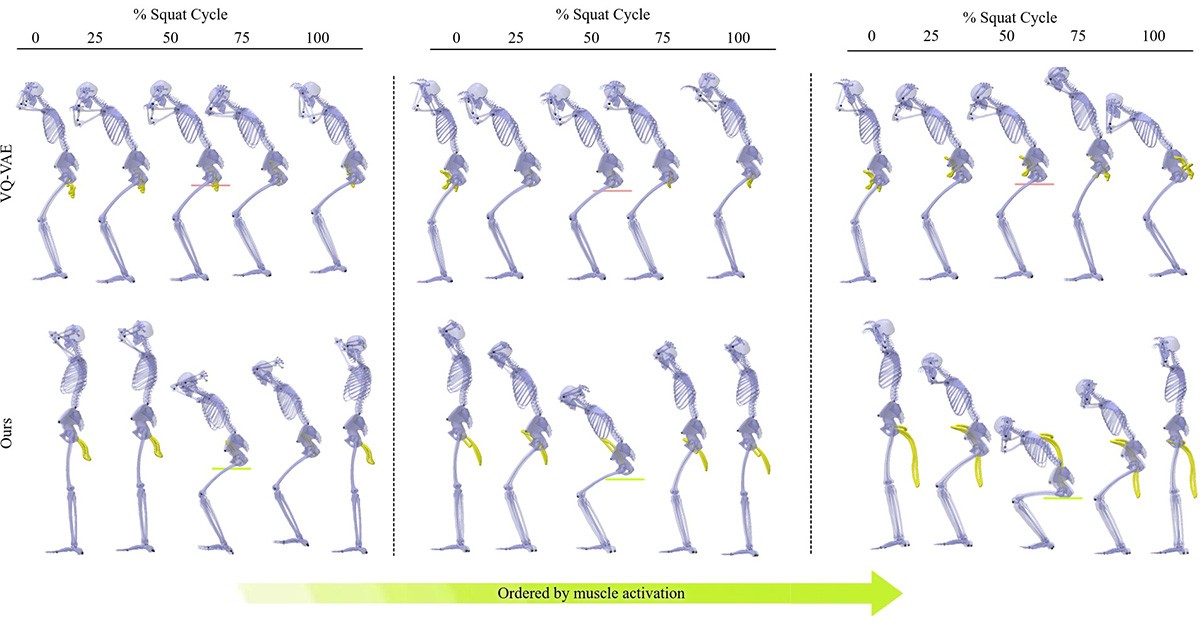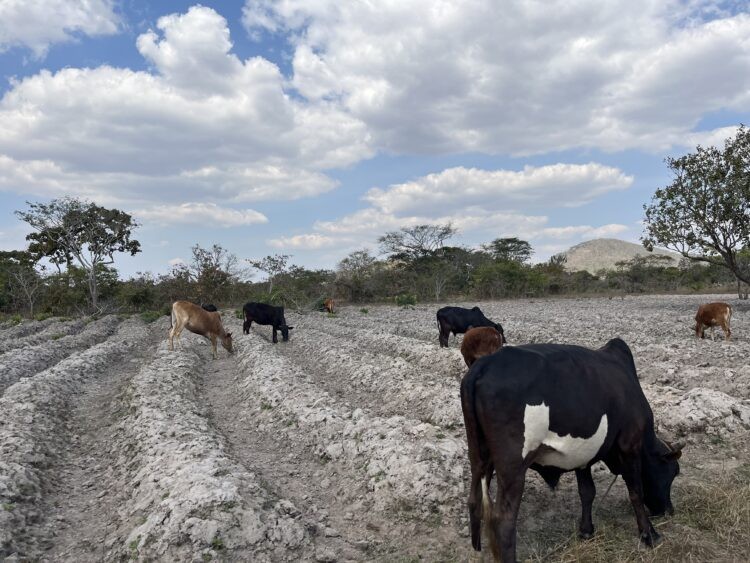News

December 11, 2025
Three UC San Diego Professors Inducted Into the National Academy of Inventors for 2025
Three professors at the University of California San Diego have been elected to the 2025 Class of Fellows of the National Academy of Inventors (NAI): Ping Liu, Bernhard Palsson and Alan Saltiel. They are recognized for their innovations in sustainable manufacturing, batteries and metabolic research. Full Story

November 3, 2025
Scientists Produce Powerhouse Pigment Behind Octopus Camouflage
Scientists have described a new way to produce large amounts of xanthommatin, a natural pigment used in animal camouflage, in a bacterium for the first time. This breakthrough unlocks a promising pathway for designing nature-inspired materials. Full Story

October 27, 2025
Generative AI Can Help Athletes Avoid Injuries
Researchers at the University of California San Diego have created a model driven by generative AI that will help prevent injuries in athletes and also aid in rehabilitation after an injury. The model could also help athletes train better. Full Story

October 2, 2025
Mapping RNA-Protein 'Chats' Could Uncover New Treatments for Cancer and Brain Disease
A technology that maps entire networks of RNA-protein interactions inside human cells could offer new strategies for treating diseases ranging from cancer to Alzheimer's. Full Story

September 30, 2025
New faculty join the Jacobs School
The UC San Diego Jacobs School of Engineering is welcoming six new faculty to its ranks in fall 2025. Full Story

September 23, 2025
Four undergraduate programs ranked in nation’s Top 10
Four undergraduate programs at UC San Diego’s Jacobs School of Engineering have been ranked in the nation’s Top 10 in the U.S. News & World Report’s 2026 Best Colleges ranking Full Story

September 22, 2025
UC San Diego's New Bioengineering Labs Open Doors for Student Innovation
When UC San Diego bioengineering students step into their newly renovated instructional labs this fall, they'll find themselves in cutting-edge spaces designed not just for hands-on learning, but with the specific needs of bioengineers in mind. Full Story

September 19, 2025
2026 Siebel Scholars at UC San Diego: Advancing Human Health Through Engineering
Five engineering graduate students at UC San Diego have been selected as 2026 Siebel Scholars in recognition of their outstanding academic performance and leadership. These students are applying engineering principles to create solutions to medical challenges including continuous non-invasive health monitoring; cancer immunotherapy; broad-spectrum antivirals; intelligent in-cell electrophysiology; and understanding sex differences in the progression of heart disease. Full Story
.png)
September 9, 2025
UC San Diego Awarded NSF Grant to Launch Semiconductor Workforce Development Pilot
Engineers at UC San Diego have been awarded a $300,000 grant from the NSF to launch a pilot initiative aimed at addressing the shortage of skilled US workers going into the growing domestic semiconductor industry. Full Story

September 9, 2025
Can a healthy gut microbiome help prevent childhood stunting?
Can a healthy gut microbiome help prevent childhood stunting? A massive collaboration between Salk, University of Washington - School of Medicine, UC San Diego Jacobs School of Engineering, and UC San Diego School of Medicine, who traveled to Malawi to collect samples from malnourished children, is helping answer that question. Full Story
